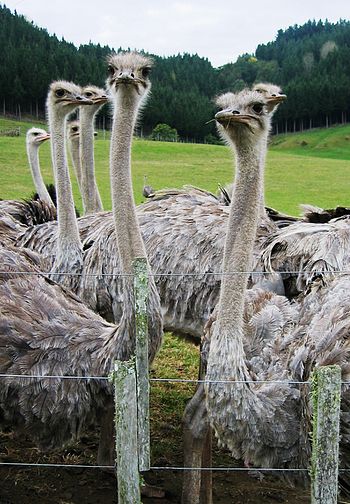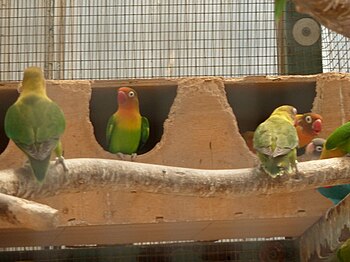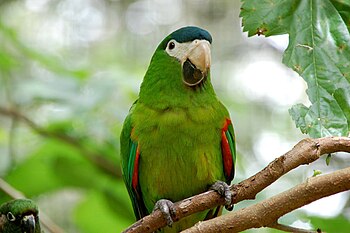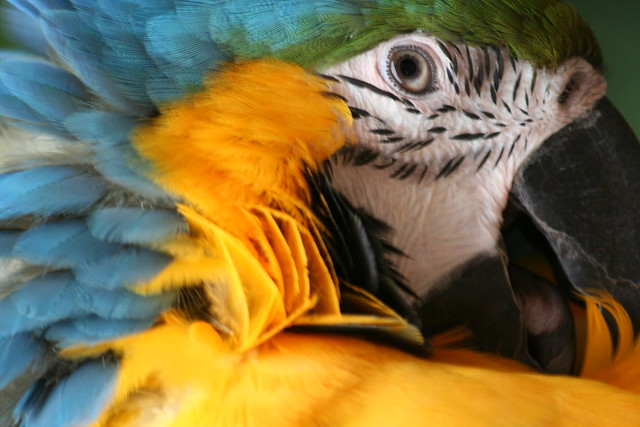 |
| Ostriches (Struthio camelus) on a farm in New Zealand's Waikato region. (Photo credit: Wikipedia) |
Have you ever seen an ostrich? Do you know that ostriches are the largest birds in the world? Yes, ostriches are birds but they have lost their ability to fly. Ostriches are long necked, long legged, giant birds. I'll bet you didn't know that ostriches can run up to 40 miles per hour and live for over 50 years.
For many different reasons, ostrich farming is spread all over the world. The first reason and the most prominent is that ostriches have very healthy meat. Ostrich meat is low fat, low cholesterol, and even low calorie. Ostrich meat is a healthier choice than beef or chicken. That is why many people choose ostrich meat for their diets.
The ostrich feathers are very beautiful. That is why they are desired from many of us. The ostrich's leather is even more desirable. Only the ostrich farming produces this leather. Ostrich's leather is soft but strong and it very famous with its distinctive quill patterns. The greater parts of ostrich farming profits come from ostrich's leather sales.
Ostrich farming is very lucrative because ostrich feathers and ostrich oil are much-desired products. In order to produce them, however, many ostriches are needed. That is why often ostrich farming does not focus on production of ostrich feather and oil. Too many livestock is necessary for the ostriches to complete even one order.
Ostrich farming is probably more moneymaking business than farming cattle. Ostriches are very fertile. They can produce more than 40 young animals per year. Bird's gestation period is about 42 days. Ostriches can be bred for over 30 years. You can calculate how many young ostriches ostrich farming can produce per year.
Ostriches are usually bred in pairs, in trios or in colonies. The male ostrich is able to serve to two or three females. The female ostriches lay the eggs but they often take breaks before they continue lying.
Nowadays it is very popular to talk about environmentally friendly ostrich farming. This type of ostrich farming gains more and more speed lately. Environmentally friendly ostrich farming means that farmers use a method of breeding that is environmentally friendly. Ostriches are given no steroids, antibiotics, or hormones. Animals are not forced to eat against their will. They are left to roam freely and to eat natural food.
However, birds in ostrich farming are still slaughtered and sold for profit.
Ostrich farming encounters some problems. The first one is that birds are often fed poorly and improperly. Ostrich farming does not take enough care of the birds. Many farmers experience problems with selling their products, as marketing is a problem for them.
Ostrich farming is a really wonderful alternative to cattle farming. Ostriches are beautiful birds if you enjoy watching them. Ostrich farming is an enchanting and profitable industry.














